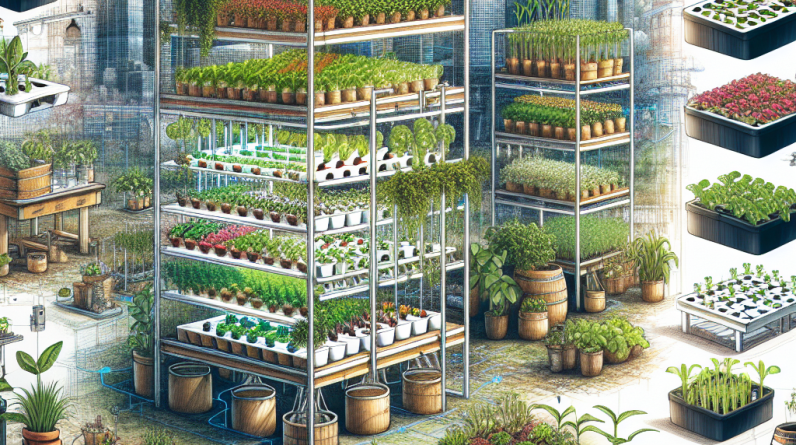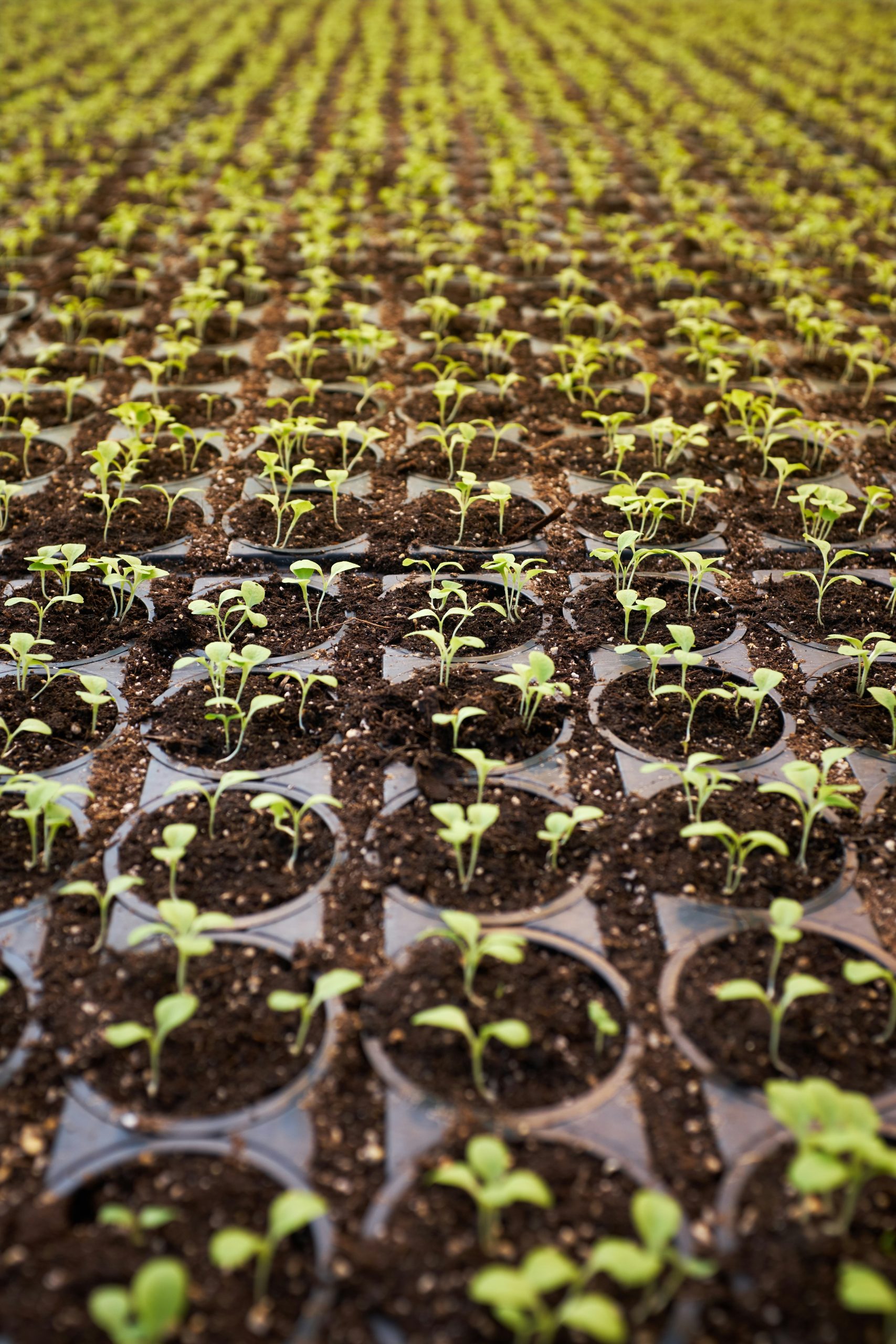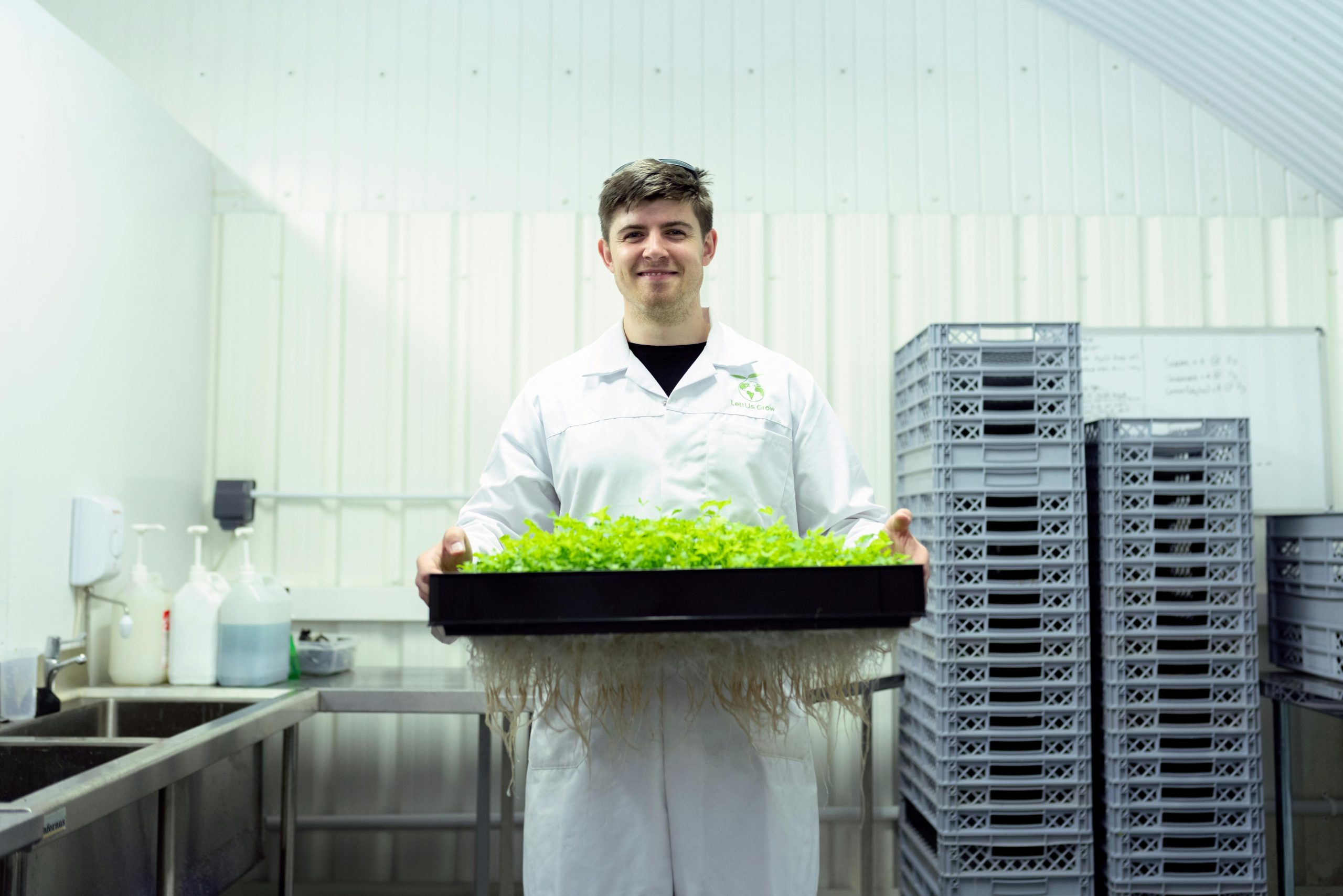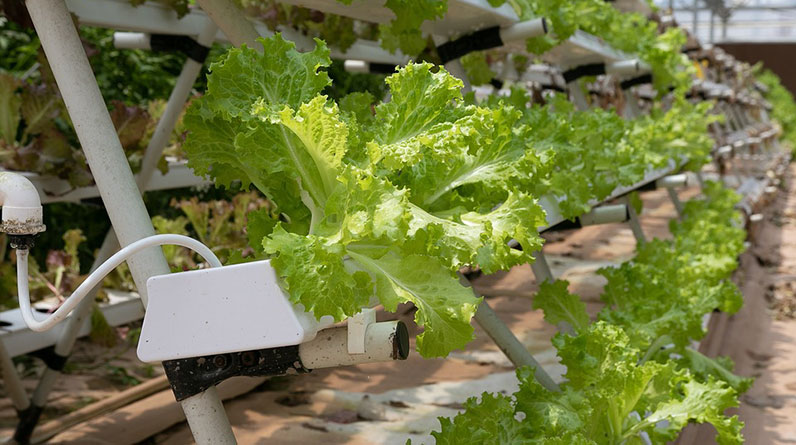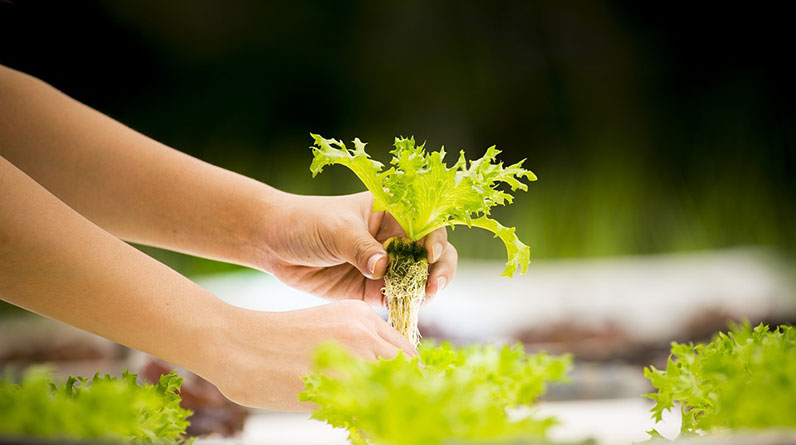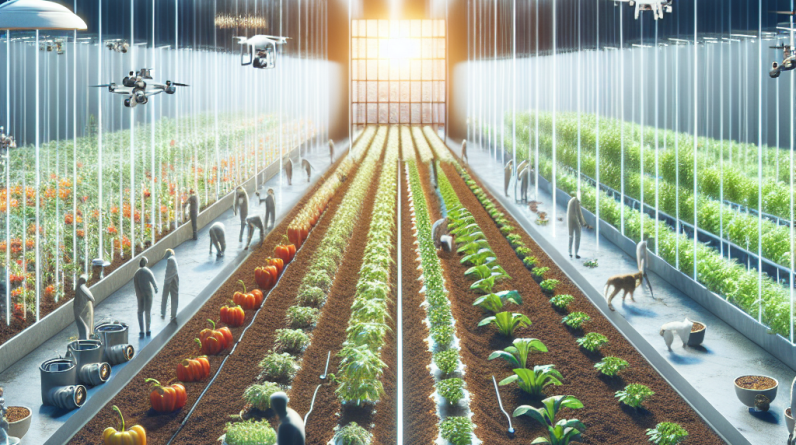
Clean Practices in Indoor Farming
Understanding the Importance of Cleanliness
So, let’s kick things off with cleanliness. I can’t stress enough how vital it is to keep things tidy in indoor farming. Good hygiene doesn’t just ensure a bountiful crop; it also prevents pests and diseases. Trust me, investing time in cleanliness pays off big time!
When you’re working with soil, nutrients, and plants indoors, the last thing you want is a breeding ground for bacteria or mold. Regularly sanitizing your tools, pots, and surfaces is key. I’ve seen the difference it makes—healthy plants thrive better in a clean environment.
Also, don’t forget about aeration! It’s important to allow fresh air into your space. Stale air can lead to unwanted pests and disease, which can be a nightmare for your plants. Let’s keep it clean, folks!
Choosing the Right Materials
Now, let’s talk about materials. Using the right pots, soil, and nutrients is crucial for a clean farming environment. I’ve experimented with various pots and found that using high-quality materials helps in managing pests and diseases better.
Make sure you’re selecting non-toxic materials, especially if you’re going for organic practices. Organic soils and eco-friendly pots not only help in keeping your system cleaner but also contribute to healthier plants overall.
And please, avoid cheap fertilizers! They can introduce harmful chemicals to your indoor farming setup. Instead, opt for organic nutrient solutions that provide a clean and sustainable path forward in your gardening journey.
Implementing Regular Maintenance
Regular maintenance can’t be overlooked. I’ve learned through trial and error that neglecting maintenance can lead to major problems down the line. Regularly check for any signs of pests or diseases and act on it as soon as you spot any issues.
Cleaning your equipment and doing routine checks on your plants should become second nature. This habit has saved me countless hours of potential damage caused by letting things slide. Plus, it’s a great way to connect with your plants!
Remember, a clean space makes for a happy space. You’ll be rewarded with lush, vibrant plants when you put in that little bit of extra effort.
Fast Growth Techniques for Indoor Crops
Optimizing Light Exposure
Next up, let me tell you about light! Indoor farming is all about harnessing the right light to bolster the growing process. I can’t stress enough how crucial this is. For me, investing in good grow lights was a game-changer.
Plants need the right spectrum of light to grow quickly and healthily. Make sure you’ve got a good mix of LED lights that cater to various growth stages. I’ve seen my yields multiply once I changed my lighting setup!
And be mindful of the placement. Ensuring your plants are getting an ample and consistent light source will speed up their growth tremendously. You’ll be surprised by how much of a difference it makes!
Utilizing Hydroponics and Aeroponics
Have I mentioned hydroponics? It’s like magic, truly! Using a soilless growing method has allowed me to speed up growth and save space. This method uses nutrient-rich water instead of soil, promoting quicker development.
Aeroponics is another fantastic technique. By misting the roots of plants, I’ve found that indoor plants can absorb nutrients faster than ever. If you’re looking to ramp up your production, these methods are worth investigating!
Not only do these methods accelerate growth, but they also keep the environment clean. With controlled systems, you’re less likely to encounter pests or mold issues. Plus, it’s exciting to watch your plants grow in a whole new way!
Using Nutrient-Dense Fertilizers
Last but not least when it comes to fast growth is using nutrient-dense fertilizers. These fertilizers provide your plants with all the essentials they need to thrive in an indoor environment. Trust me, I’ve learned the hard way that nutrition is everything!
During the growing phase, plants can be particularly hungry for nutrients. I’ve been calculating the right mix of N-P-K (nitrogen, phosphorus, potassium) levels, and it’s made a significant difference in growth speed.
Also, consider using bio-stimulants! They help promote root growth and enhance nutrient uptake. Combining these with your routine fertilization can give your plants that extra edge they need to grow quickly and efficiently.
Sustainable Practices for Indoor Farming
Water Conservation Techniques
Alright, let’s dive into sustainability. One of my favorite topics! Water conservation is so critical in indoor farming. I’ve been implementing drip irrigation systems that help me use less water while still keeping my plants hydrated. This method has dramatically lowered my water consumption and waste!
Recycling water can also be a game-changer. I’ve started using a reservoir system that captures excess water and recycles it back to my plants. It’s super eco-friendly and cuts down on waste significantly.
And don’t forget about the importance of monitoring! Using timers and moisture sensors ensures I only use the water my plants need. It’s money-saving and eco-conscious—an absolute win-win!
Organic Pest Control
Keeping pests at bay sustainably is another cornerstone of sustainable farming. I rely heavily on organic pest control methods. These solutions are safer for the environment and keep my indoor farm free of harsh chemicals.
Beneficial insects, like ladybugs or nematodes, can be introduced to control pest populations naturally. I’ve found they don’t just reduce pest numbers; they also maintain a natural balance in the ecosystem of my garden.
Soil health is another critical player. Healthy soil supports a vibrant community of insects that contribute to pest control. Alongside healthy plants, it’s your first line of defense against unwanted guests!
Energy-Efficient Systems
Finally, let’s talk energy efficiency. This goes hand-in-hand with sustainability. I’ve replaced incandescent bulbs with energy-efficient LEDs in my farming setup. Not only do they lower my power bills, but they also produce less heat, which helps maintain a stable growing environment.
Consider using solar panels if you’re serious about eco-friendly practices. They help power your indoor farm with renewable energy and significantly reduce your carbon footprint.
Ultimately, investing in energy-efficient systems not only benefits the planet but also contributes to a healthier growing environment. Once I made this switch, both my plants and my wallet thanked me!
FAQ
1. What are the main benefits of indoor farming?
Indoor farming allows for year-round cultivation, better control of the growing environment, and reduced exposure to pests and diseases. It’s particularly beneficial for urban areas where space is limited.
2. How can I maintain cleanliness in my indoor farm?
Regular cleaning of tools and surfaces, using non-toxic materials, and implementing strict hygiene protocols can help maintain cleanliness in your indoor farming setup.
3. What lighting is best for indoor plants?
LED grow lights are often recommended for indoor farming. They provide the right spectrum for different growth stages and are energy-efficient, making them ideal for sustained use.
4. What methods can accelerate plant growth indoors?
Utilizing hydroponics or aeroponics, optimizing light exposure, and using nutrient-dense fertilizers are all effective methods for speeding up indoor plant growth.
5. How can I ensure sustainability in my indoor farming practices?
Implementing water conservation techniques, using organic pest control methods, and installing energy-efficient systems can greatly enhance the sustainability of your indoor farming practices.



